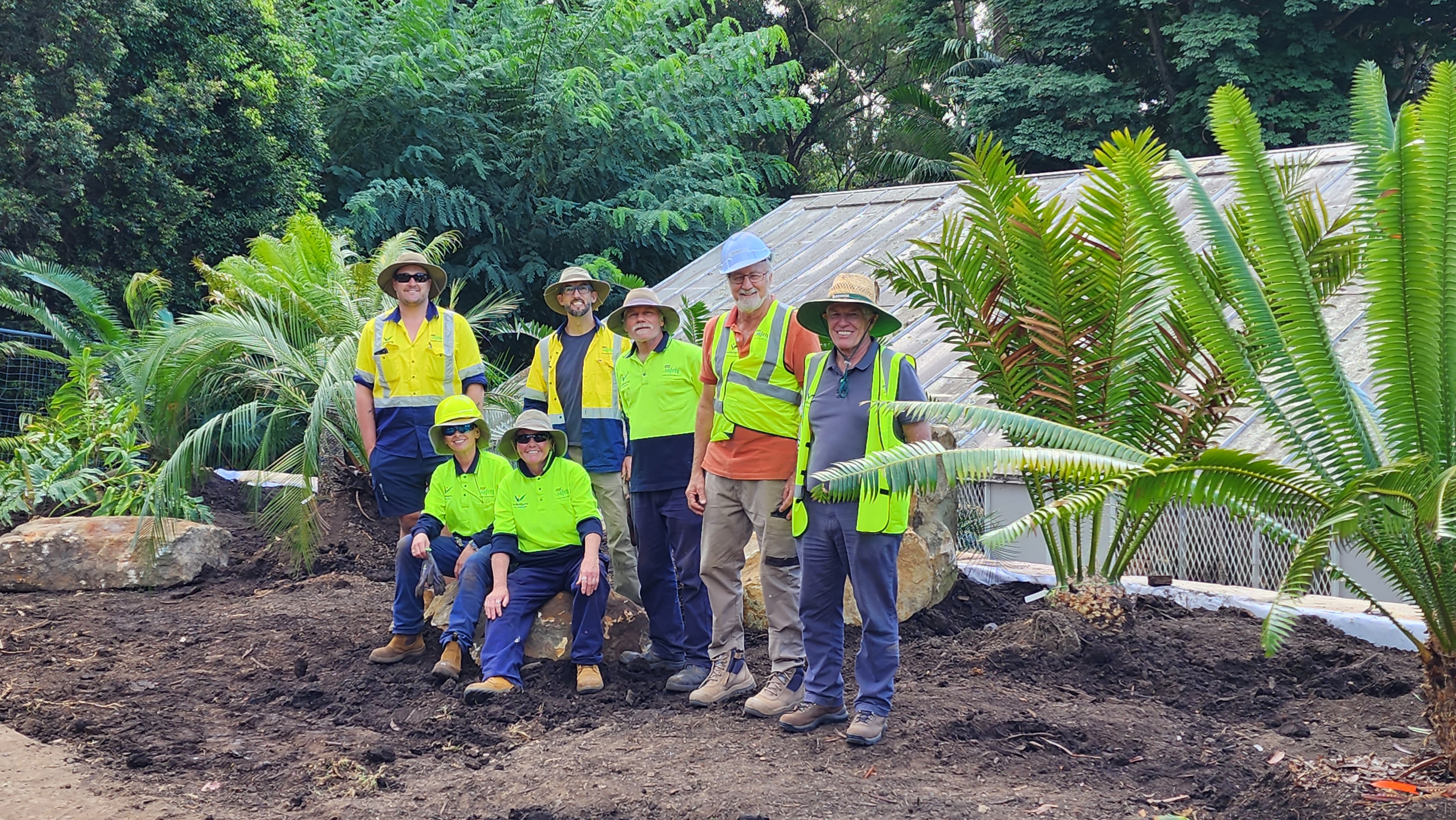Fast five: Council conservation in action
Having a variety of plant and animal life is vital to maintaining the enviable natural environment we have in Wollongong. At Wollongong City Council, we have different teams working hard across the city to protect and care for our natural environment – including threatened flora and fauna. It’s a combined effort and one that includes staff from the Wollongong Botanic Garden, Natural Areas, and Parks crews, and Dunecare and Bushcare groups.
Here’s a snapshot of a few of the species we’re taking steps to protect:
1. Cycads, Wollongong Botanic Gardens
Launched last year, Wollongong Botanic Garden’s our roar-some cycad collection includes five critically endangered and eight endangered plants. Notable endangered specimens include Cycas taitungensis from Taiwan, Encephalartos kisambo (Voi cycad) native to Kenya and Tanzania, and Cycas riuminiana from the Phillipines.
Cycads are under threat in the wild due to both habitat destruction and over-collection for food, medicine or the illegal plant trade. Our collection helps support conservation efforts through education as well as seed sharing via botanic gardens networks.
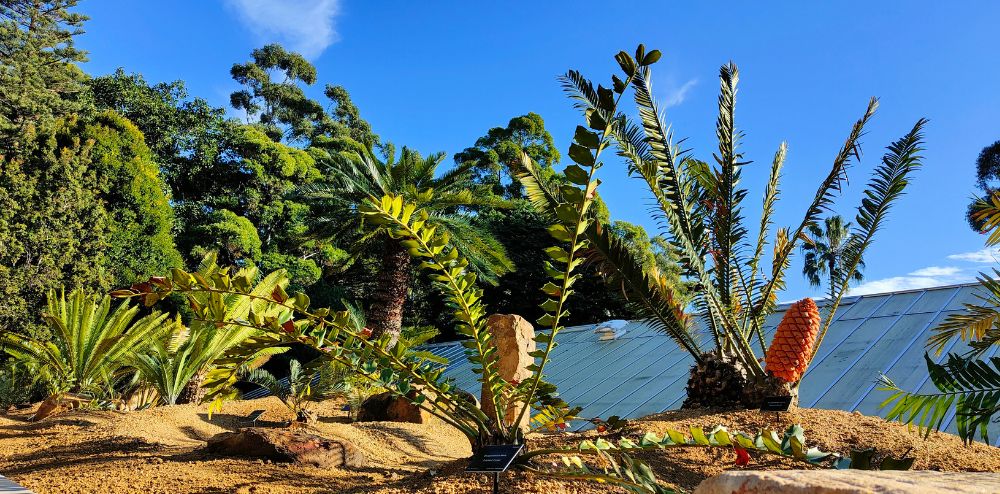
2. Vulnerable shrubs, Purrungully Woodlands
Purrungully Woodland, a local Endangered Ecological Community, is home to Pimelea curviflora var. curviflora, a threatened species at risk of extinction in New South Wales. Also known as curved rice-flower, this small, hairy shrub has greenish-yellow or red tubular flowers.
With the woodland under threat from recreational bike riders, our teams worked with representatives from the Department of Planning and Environment to take cuttings and salvage some whole plants. They are being cared for at Wollongong Botanic Garden. We worked with local bike riders to design and construct a pump track at the nearby Dimond Brothers Reserve.
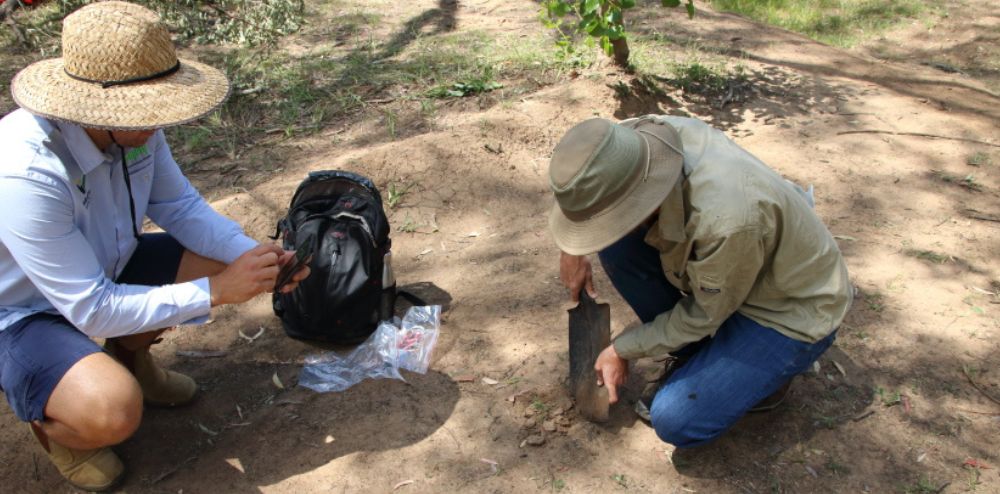
3. Wetland restoration, Lake Illawarra
We’ve spent many months working with local Landcare and Bushcare community groups and volunteers to regenerate 90 hectares of foreshore and fringing wetland vegetation around the Lake Illawarra foreshore. This has included restoring coastal saltmarsh that fringe the Hooka Creek Wetlands.
Among other great benefits, wetlands are a sanctuary for many threatened species and provide a source of food, shade and shelter for shorebirds. Ours provide habitat for species such as the Black-necked Stork and the Green and Golden Bellfrog. Wetlands are also critical to the life cycle of many commercial and recreational fish species that use these areas as nursery habitats in their early life stages.
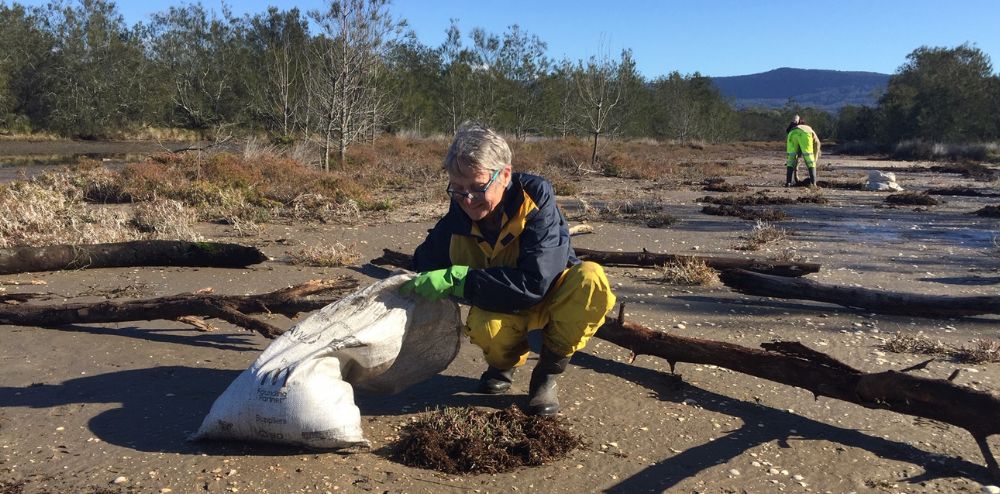
4. Koala Food Forest, Koonawarra
At Eleebana Reserve, we’re working to look after a much-loved and endangered Australian marsupial – the koala. Together with Symbio Wildlife Park, we're developing a Koala Food Forest that will help feed the growing population of koalas at Symbio and act as an emergency food source supply for koalas in emergency care.
This conservation project involved planting 700 specially selected eucalyptus tree species in a vineyard style plantation last October 2023. In the next 12 to 18 months, once the trees are established, the leaves will start to be sustainably harvested in sections.
![]()
5. Dunecare, regionwide
Dunes are the backbones of our beaches. They help to stabilise the sand, protect beachfront areas from coastal storms and are home to many native animals.
Like the rest of our coast, dunes change over time and can be affected by things like weather, ocean conditions and erosion.
Along with volunteer groups, our team look after dunes at our 17 patrolled beaches in accordance with our Dune Management Strategy. It includes a list of actions to keep our dunes and beaches in good condition.
You can volunteer to help look after Wollongong’s dunes by joining our Dunecare program.
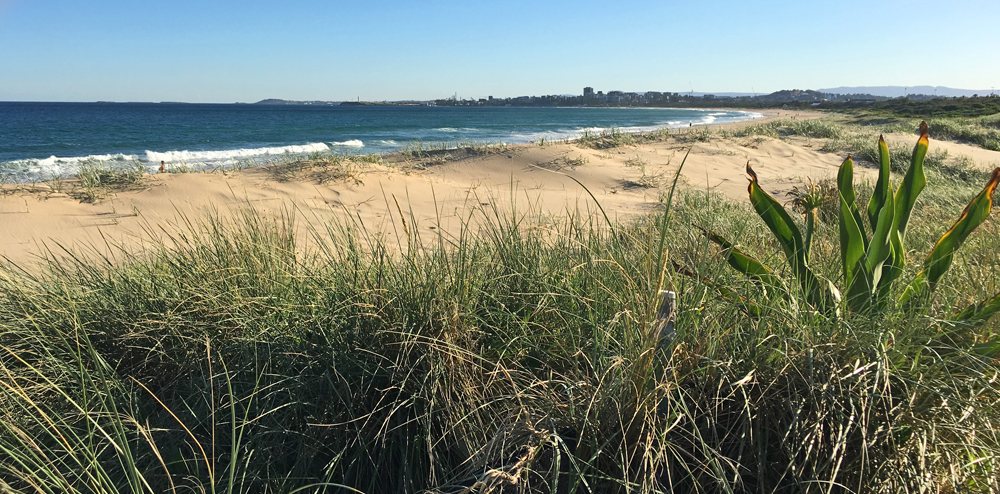
Want more Council news?
Visit our News page to find out what's happening in your community, or sign up for e-news.

